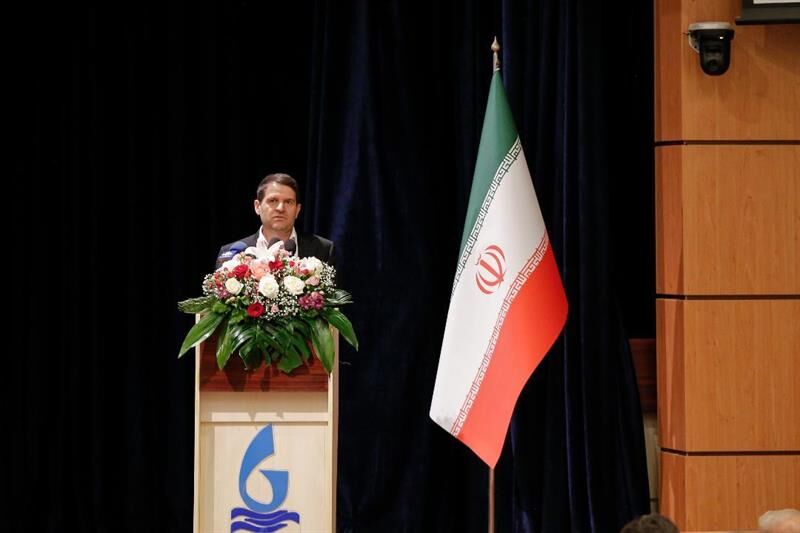Speaking Tuesday at the inauguration of the first phase of a 1,000-megawatt power plant in the Makran Petrochemical Complex, NPC Managing Director Hassan Abbaszadeh said Iran’s energy challenges stem from past policies and consumption patterns. Despite the country’s abundant resources, he said, mismanagement has created an imbalance between supply and demand.
Abbaszadeh emphasized the need for energy efficiency and cultural change in consumption. He said the government’s strategy to address the imbalance is expanding solar and renewable power plants. The first 183 megawatts from the Makran complex power plant have been connected to the grid and will eventually supply local petrochemical industries.
$90b already invested in petrochemicals
The deputy oil minister noted that about $90 billion has been invested in the petrochemical sector in recent years. He said while production has diversified, Iran still has a long way to go in completing the value chain and producing higher value-added products.
Abbaszadeh said the Makran region, chosen as Iran’s “third petrochemical hub” due to its proximity to foreign markets and access to open waters, holds major potential for industrial growth.
He praised Shastan Holding’s investments in water intake, desalination, power generation and other infrastructure projects, saying about $3 billion is needed to prepare the Makran complex, part of which has already been committed.
Industrial expansion to the East
Abbaszadeh welcomed the spread of industrial development to eastern Iran, saying most heavy industries had previously been concentrated in other regions. He said renewable energy projects, including wind and hybrid systems, are underway and will soon come online, supporting cleaner and more efficient petrochemical operations.
He added that Sistan and Baluchestan Province has strong wind energy potential and that the government plans to add more than 2,400 megawatts of renewable capacity to the national grid next year. That shift, he said, will allow hydrocarbons to be redirected into petrochemical production for sustainable value-chain development.
Chabahar development, local benefits
Abbaszadeh said the $10 billion invested in Chabahar’s petrochemical projects will enable the production of more than 10 million tons of products annually, including about 3.5 million tons of polymers. He stressed the need to develop downstream industries in local industrial parks to maximize job creation and economic impact.
The province’s proximity to developing markets such as Pakistan and Afghanistan, he said, offers strong export potential for finished products.
Abbaszadeh added that lessons from Assaluyeh and Mahshahr hubs are being applied to minimize environmental impacts in Makran. He said environmental standards at the new industrial zone exceed previous projects and will be closely monitored. Local hiring and community involvement, he added, are central to development plans.
NPC aims to increase the share of domestically made equipment in the sector from 75% to more than 85-90% in Makran projects, Abbaszadeh said.
Several projects by investors including Bakhter, Shastan and Pasargad Energy Group are expected to begin operations next year, with progress already above 70%, he added.
The NPC chief said attracting downstream industries and balancing exports with local processing will create sustainable jobs and higher value-added output. Alongside petrochemical expansion, he said, the government is supporting agricultural and marine industries to diversify the region’s economy.
Abbaszadeh said social responsibility in Iran’s petrochemical sector goes beyond Western models, aiming to ensure local communities benefit directly from investments. “Investors and companies active in the region are committed to delivering meaningful services to the people and economy of Makran,” he said.


Your Comment